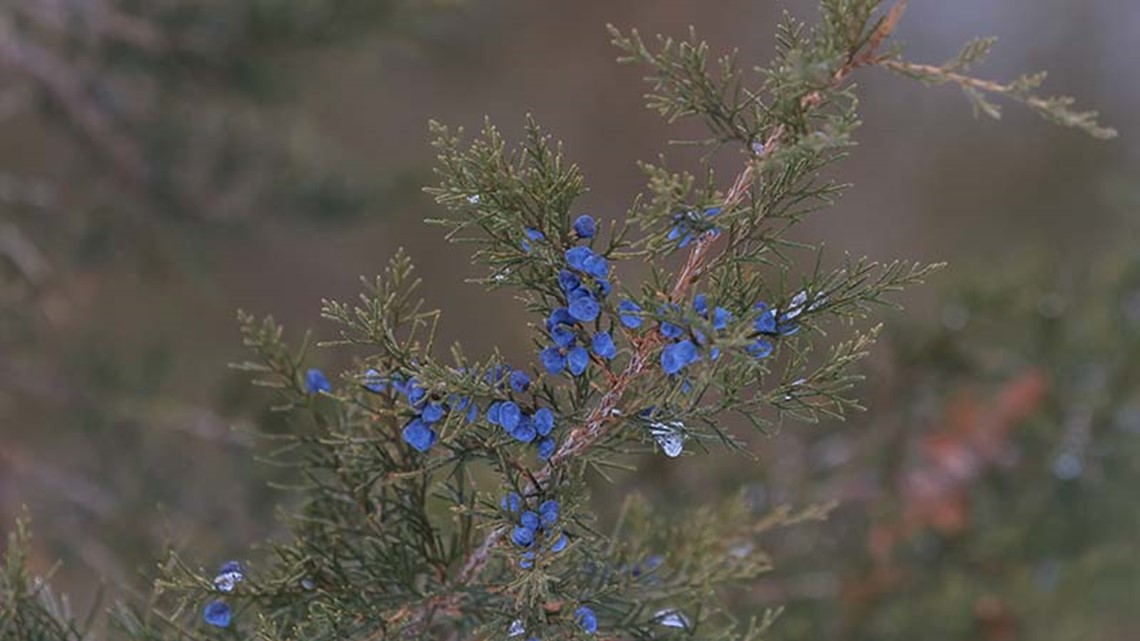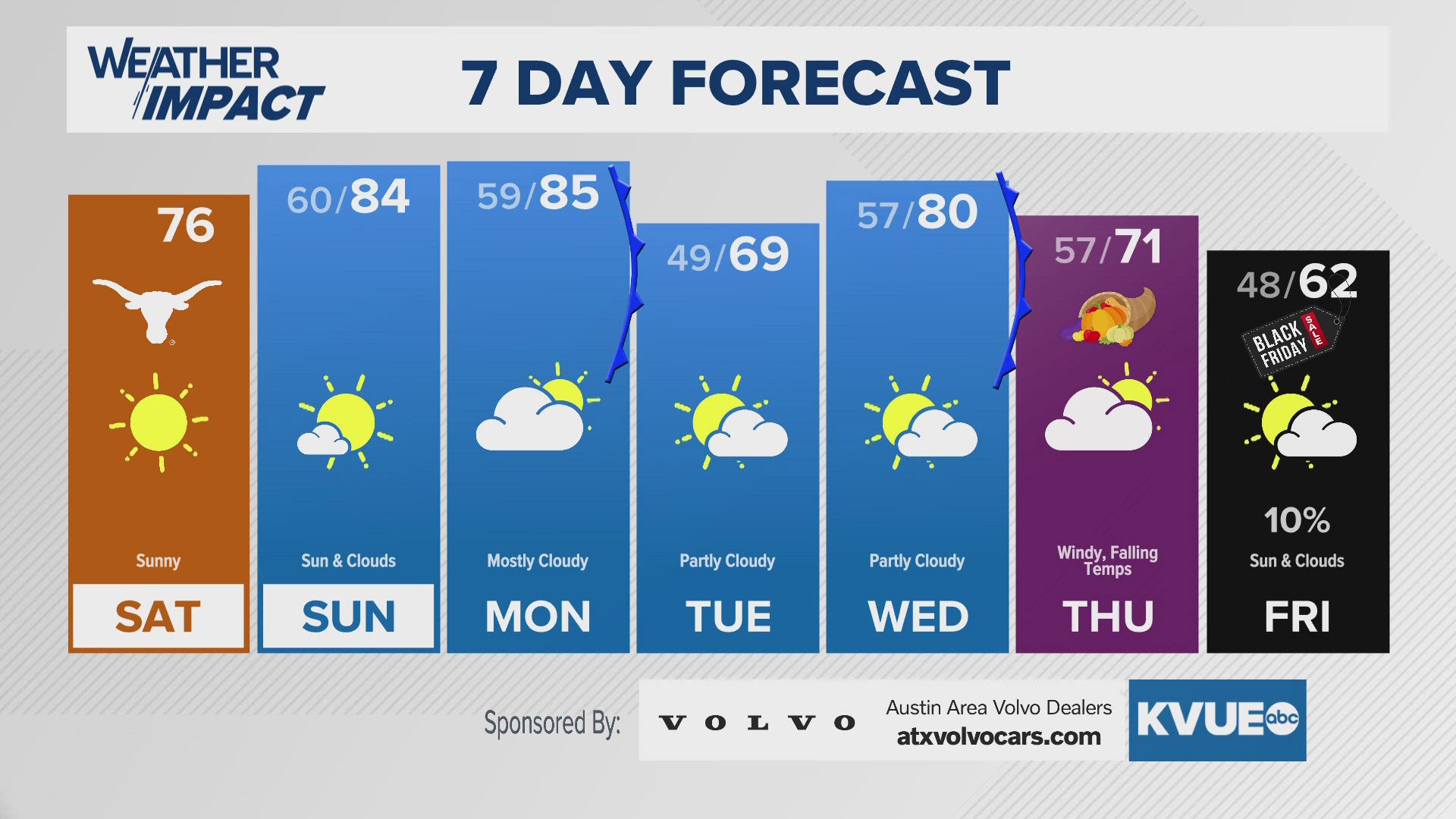COLLEGE STATION, Texas — Christmas is around the corner and the fast-spreading omicron variant of COVID-19 has some people second-guessing celebrations with family and friends.
Finding an appointment to get tested can be challenging and home testing kits for COVID-19 are selling out before they even hit the shelves.
The good news is that many cases of the sniffles, sneezing and mild coughs might just be allergies, according to experts at Texas A&M University. Cedar fever season is in full swing in Texas, including right here in the Houston area.
What is cedar fever?
Cedar fever isn't a flu or virus, TAMU says. It's an allergic reaction to pollen released by various cedar trees.
“There’s just so much pollen in the air, it absolutely overwhelms the immune system,” Robert Edmonson, a biologist for the Texas A&M Forest Service, said. “It’s like trying to breathe in a dust storm.”
The Ashe juniper is a mountain cedar tree and the primary source of allergies for Central Texans.
“Cedar fever is the worst west of I-35, where you have primarily juniper mixed in with oaks and some other species,” said Jonathan Motsinger, the Central Texas Operations department head for the Texas A&M Forest Service. “And because all of those junipers are producing pollen at the same time, you’re going to get a higher concentration of pollen in the air.”
In Southeast Texas, including the Houston area, there are also eastern red cedars that pollinate between December and January. They really love cold weather.
“Following a cold front, the air dries out, we get some wind, and the pressure is different,” Edmonson said. “Under those conditions, every single pollen cone on a juniper tree will open at one time, and it looks like the trees are on fire. It looks like there’s smoke coming off of them.”


Allergies or COVID-19?
People often mistake cedar fever for a cold, the flu or even COVID since they have similar symptoms.
According to Healthline, cedar fever symptoms might include:
- Fatigue
- Sore throat
- Runny nose
- Partial loss of taste and smell
- Mild fever
Sound familiar? It's probably because those same symptoms can be caused by COVID.
How do you tell the difference?
There are some common signs that it's probably just allergies, according to TAMU.
- Itchy, watery eyes
- Blocked nasal passages
- And cedar pollen rarely causes fever over 101.5.
And if you're coughing and blowing your nose?
“If your mucus is running clear, then it’s an allergy," Edmonson advises. "If it’s got color, then it’s probably a cold or the flu.”
That's when you should see probably see your doctor.
Like most allergies, you can treat cedar fever with antihistamines, but check with your doctor before taking new medications.
Preventing cedar fever
- You can check daily pollen counts on this City of Houston website.
- On days when it's high, keep winds and doors closed and try to limit your time outdoors.
- Change your air conditioner filters frequently.



